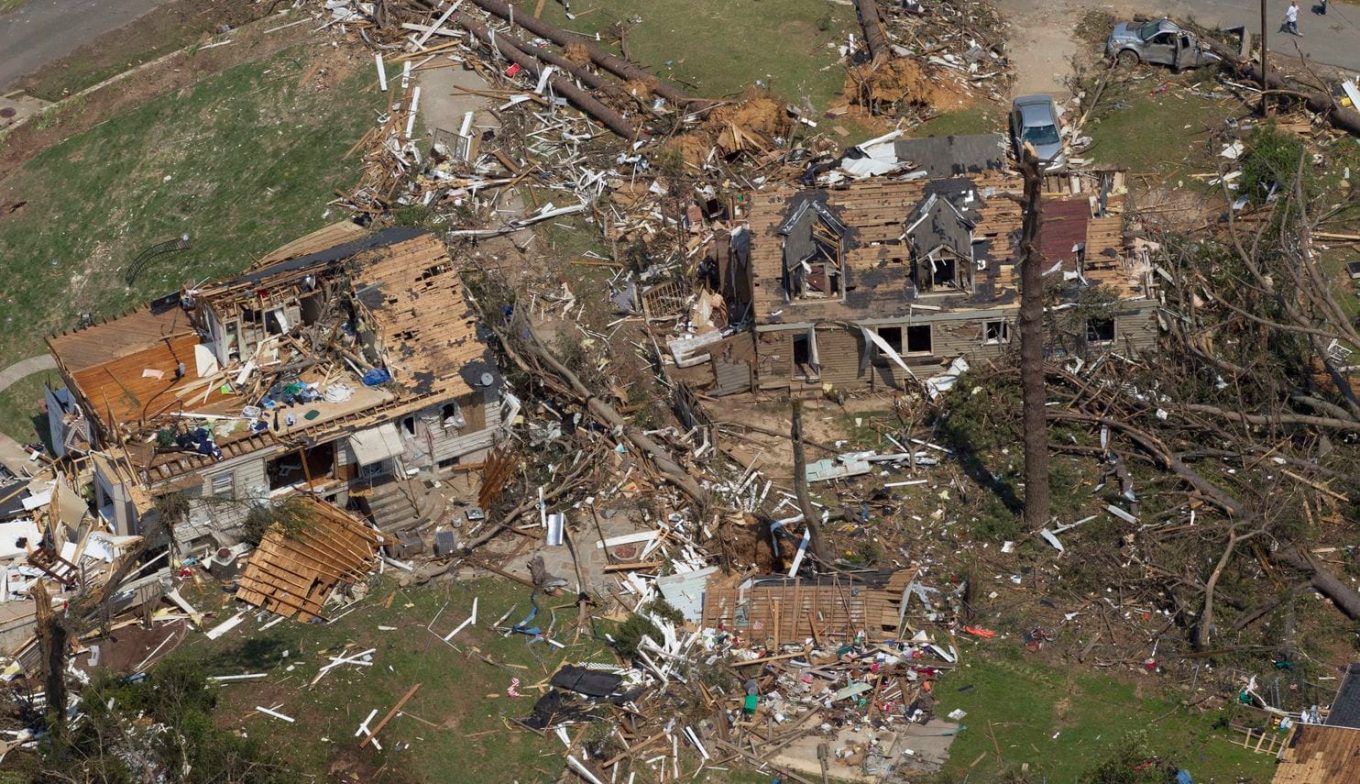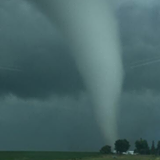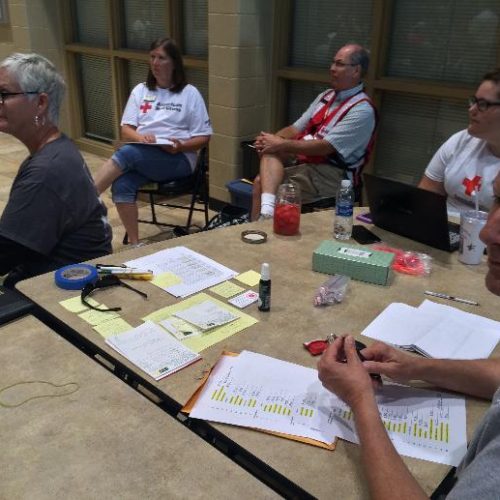A major tornado can change a community forever. When two occur in the exact same place — such as the monster twisters that ravaged Moore, Okla., in 1999 and 2013 — it feels like more than an eerie coincidence.
But when three have whirled within a couple miles of the same spot, you can be talking about only one location: Limestone County, Ala.
Wednesday marked the 45th anniversary of the 1974 “Super Outbreak.” A swarm of 148 tornadoes descended on the Ohio and Tennessee valleys over the course of 18 hours, producing up to 16 simultaneous twisters on the ground. More than 300 people died, and more than 5,000 were injured. At the time, it was the most prolific tornado outbreak the world had seen.
An F5 tornado dropped near Mount Hope in northwest Alabama around 6:30 p.m. on April 3, one generation ago. It plowed northeast, expanding to three-quarters of a mile wide as it crossed the Tennessee River around 7 p.m. (An F5 is the most destructive tornado on the no-longer-used Fujita scale.)
Then it entered Limestone County — which borders southern Tennessee — and obliterated much of the community of Tanner, where 28 people died, many in Lawson’s Trailer Park, just off U.S. Highway 31 a few miles south of Athens. It was an apocalyptic scene, only to get worse.
First responders poured into the shredded neighborhood, seeking people buried in the rubble as rain poured in torrents. But no fewer than 30 minutes later, operations ceased as attention turned southwest. A violent, amorphous swirling mass was barreling toward the park from barely a mile away. It was another F5.
The 1974 Super Outbreak tested the limits of forecasters far and wide who had never encountered a scenario such as that before. During the height of the outbreak, storms were developing so quickly that the National Weather Service in Birmingham issued a “blanket tornado warning” for 15 counties; it was impossible for meteorologists to manage all the active tornadoes and spot developing storms at the same time.
James Spann is the longtime chief meteorologist at ABC 33-40 in Birmingham; he’s as much a legend and a folk hero to his viewers as he is a familiar face on their nightly news. Spann is credited with saving hundreds of lives during his career, partly because of his emphasis on covering severe weather.
“I was a senior in high school during the 1974 event,” wrote Spann, whose school allowed him three days off to volunteer with ham radio coverage in the aftermath. “That event changed me and set the stage for my career.”
Spann never thought he would see something like that tornado outbreak ever again. But in 2011, he found himself at the helm during an even worse situation, when 360 tornadoes touched down from April 25-28, including 62 in Alabama in a single day. Northern Alabama was again ground zero. And so was Limestone County.
“There is no book or manual on how to anchor over 10 hours of live coverage on television,” Spann recalled. “We all did the best we could do.”
“What’s interesting is that I really missed the historic significance of the day while we worked the event,” Spann said. “We were so busy we simply didn’t have time to think about it being a generational tornado outbreak. At any given moment, we had multiple strong, violent tornadoes down at the same time.”
Much of the broadcast focused on the day’s most destructive tornado — an EF5 that carved a 107-mile path from Franklin County, Ala., to Franklin County, Tenn. Known as the “Hackleburg/Phil Campbell Tornado,” it proved to be the deadliest in Alabama state history — claiming 72 lives and causing $1.3 billion in damage. At times, it raced forward at nearly 70 mph, its 210-mph winds overspreading rural communities. (An EF5 is the most destructive category of tornado on the Enhanced Fujita scale, which is currently used.)
In its path again was Lawson’s Trailer Park — since renamed Swan Creek Trailer Park — which was clipped by the funnel, at that time nearing EF4 strength. On its website, the park now lists a “large-capacity storm shelter” as an amenity.
“There were excellent warnings for all of them with good lead times,” Spann said. “Yet over 250 people died. That is inexcusable for anybody in the weather enterprise.”
Alabama doesn’t usually come to mind as being in the traditional Tornado Alley. But northern Alabama has had just as dark a past with tornadoes as states such as Oklahoma and Kansas. By some metrics, the Southeast is more of a Tornado Alley than the Plains. A higher percentage of tornadoes in Alabama kill, with more deaths per square mile than Oklahoma. Forecasters call it Dixie Alley.
Alabama has a higher population density. More people live in mobile or manufactured homes. And the high moisture content and dense vegetation means tornadoes are usually difficult to spot until the last minute.
And more deadly tornado tragedies may be in the offing across Dixie Alley, where climate trends suggest tornado rates may spike in the future. If that occurs, Spann hopes Alabama will be ready. He looks back to the lessons learned in 2011 and hopes folks will put them into practice.
“History will judge us for our work on that day. I think about April 27 on a daily basis; I probably will until the day I die,” he said. “My hope is that lessons learned can be handed down to the next generation.”
by Matthew Cappucci (2019, Apr 4) The Washington Post




